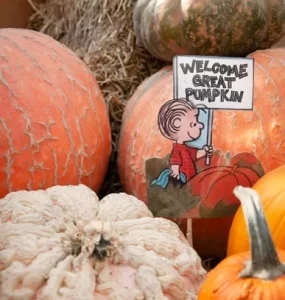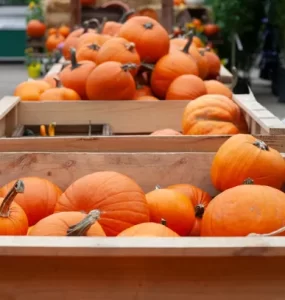The Sweetest Thing: Picking & Storing Apples
by Rob Sproule
The Perfect Pick
Apples sweeten as they ripen, so you’ll want to let them “hang out” as long as possible before picking, although not so long that they end up in the grass. It’s easy to pick at the perfect time if you know what to watch out for.
The outside of the tree, being the most exposed to sunlight, will ripen first. You can conveniently pick, and eat, your way inwards. Check the south and west sides first, as they will sun-ripen fastest.
Like most fruit, colour gives the game away. When the last of the immature green gives way to consistent, glossy red or yellow (variety dependent), it’s plucking time. While a few varieties, like “˜Red Delicious which keeps a green tinge for weeks after ripening, buck the coloration trend, it’s still an excellent rule of thumb.
Ripe apples are getting ready to drop, so if you have to grab with both hands and shake the tree violently to dislodge the fruit, it’s probably not ripe. The sweetest are picked with a simple upward twist of the wrist.
Storing or Eating
Eating apples are best picked to be enjoyed quickly. Varieties like “˜Honeycrisp’ won’t store well but are so irresistible that mine barely make it indoors before they’re gone. While eating apples are ideal in uncooked dishes like fresh summer salads, try to pick the day of to catch that off-the-branch heaven.
Cooking apples are better for storing than grazing. If you’re going to keep them a while, inspect the apples as you pick them. If they’ve dropped or if you’ve had hail, many will be pockmarked with blemishes that, over time, will create a rotten apple to ruin the whole batch. Cook or gobble those right away.
Different varieties ripen and different times; if you don’t know if your apple tree is an early, mid, or late season, Google tells all. Typically, early season apples need to be eaten right away. Expect mid-season apples to store for a week or so, and plan on storing your late season crop.
For long-term storage (more than a week or two), wash and dry your unblemished apples. Store them in a cool, dark place with an ideal temperature of 3-6 °C, and wrap them in newspaper like china teacups, so none of the apples touch.
Long-term storage is largely about managing the ethylene gas they give off, which helps them ripen but can also cause rot. Make sure they’re in a well ventilated spot and away from onions and garlic (apples will take on their smell), and potatoes (which release a gas that limits their shelf life).
Best Varieties
While we have fewer options from which to stock our backyard orchards than warmer parts of Canada, it’s not as grim as many think. “˜Honeycrisp’ is an outstanding, hardy eating apple that’s sweet and marvellous right off the stem. One of the juiciest apples, reach for them for that perfect juice-running-off-your-chin moment.
“˜Heyer #12′ is a true cooking apple, with a tart taste that, if you’re used to sweet grazing apples, takes some getting used to. The light-green, yellowish fruit doesn’t have a great shelf life but for pies, crisps, and tarts there’s nothing better. It’s thin-skinned and bruises easily, so try to pick them before they drop.
















